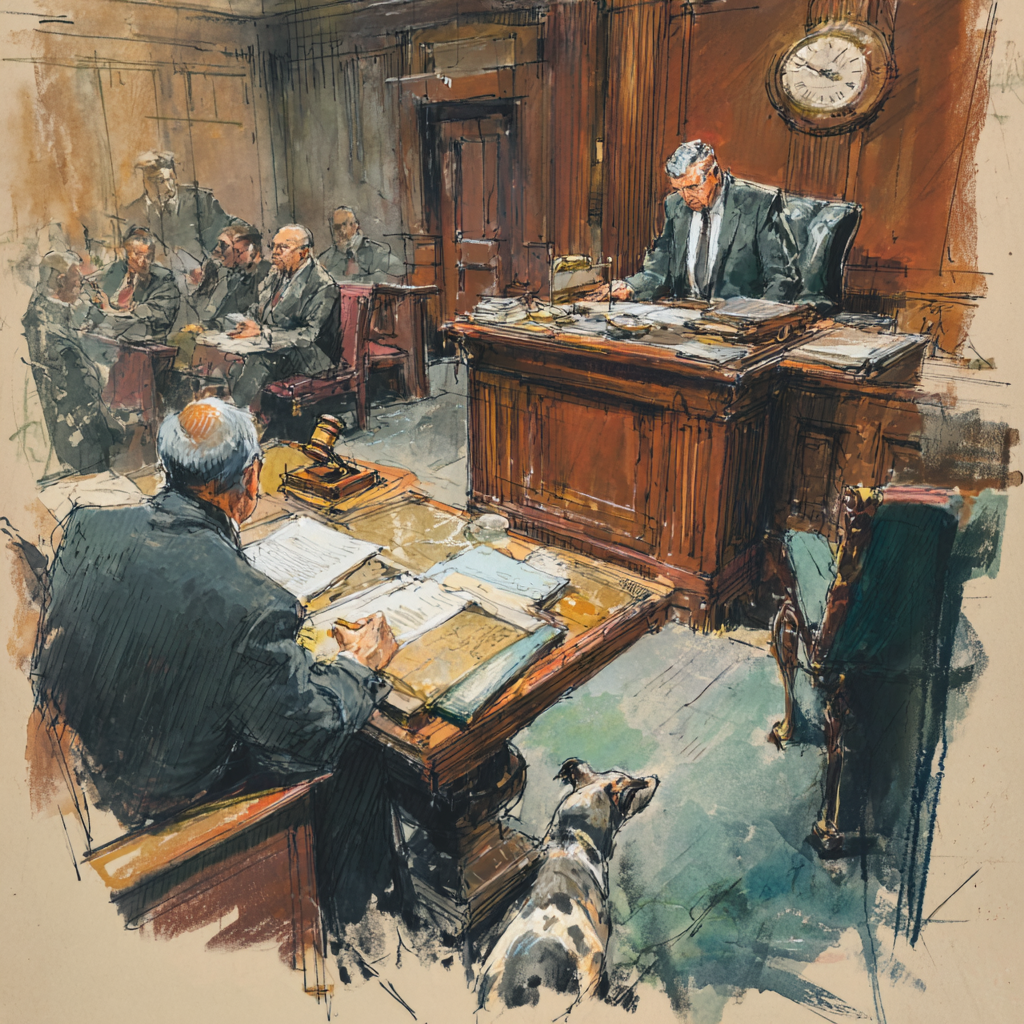Charles Deng Acupuncture, P.C. v Titan Ins. Co., 2022 NY Slip Op 50300(U)(App. Term 2d Dept. 2022)
“Under CPLR 4518 (a), a business record—a “writing or record” that is “made as a memorandum or record of any act, transaction, occurrence or event”—will be admissible as proof of the acts, transactions, occurrences or events recorded, if the court finds that the record “was made in the regular course of any business and that it was the regular course of such business to make it, at the time of the act, transaction, occurrence or event, or within a reasonable time thereafter.” A transcript is a record of words that were uttered; while those words may describe an event, transcripts are generally not made as a memorandum or record of the event described. Here, defendant did not show a sufficient basis to admit counsel’s hearsay statements or that these transcripts should otherwise be treated as admissible pursuant to CPLR 4518 (a). Indeed, even if the transcripts could be treated as a “memorandum or record” of a nonappearance, rather than of a statement, there is no basis on this record to find that the record “was made in the regular course of any business” or “that it was the regular course of such business to make” a transcript as such a “memorandum or record” of a nonappearance (CPLR 4518 [a]).”
“We note that, while CPLR 3117 specifically permits deposition transcripts to be admitted into evidence at trials under certain circumstances, the CPLR is silent when it comes to EUO transcripts. To use a deposition transcript as evidence in chief at trial, as defendant attempted to use the EUO transcripts here, one of the requirements of CPLR 3117 (a) (3) must be met. Even if the transcripts at issue were to be treated as EUO transcripts notwithstanding that no examination took place, since, here, there was no showing that any of the grounds to permit the use of a deposition transcript were met, we need not decide whether CPLR 3117 (a) (3) can be extended to the use of EUO transcripts.”
“As defendant relied exclusively upon the transcripts of the “bust” statements to prove, at trial, that plaintiff failed to appear at the EUOs, and those transcripts were not properly admitted into evidence, defendant did not sustain its burden of proving that plaintiff had failed to appear for EUOs.”
“We note that, while CPLR 3117 specifically permits deposition transcripts to be admitted into evidence at trials under certain circumstances, the CPLR is silent when it comes to EUO transcripts. To use a deposition transcript as evidence in chief at trial, as defendant attempted to use the EUO transcripts here, one of the requirements of CPLR 3117 (a) (3) must be met. Even if the transcripts at issue were to be treated as EUO transcripts notwithstanding that no examination took place, since, here, there was no showing that any of the grounds to permit the use of a deposition transcript were met, we need not decide whether CPLR 3117 (a) (3) can be extended to the use of EUO transcripts.”
“As defendant relied exclusively upon the transcripts of the “bust” statements to prove, at trial, that plaintiff failed to appear at the EUOs, and those transcripts were not properly admitted into evidence, defendant did not sustain its burden of proving that plaintiff had failed to appear for EUOs.”
When the best evidence of a no-show is prohibited from being used at trial and, concomitantly on motion as it is not in affidavit form, does this mean the requisite proof to prove an EUO no-show has reached the so-called impossible level?









